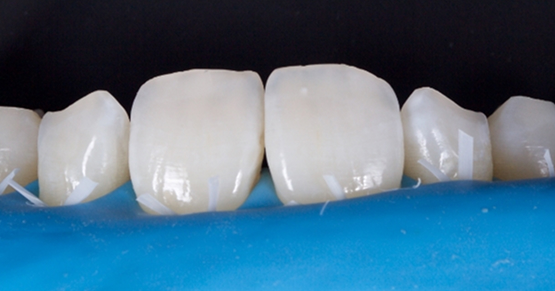How To Retrieve a Broken Implant Abutment
Recently, I had the not-so-pleasant experience of retrieving a broken implant abutment. This was a really challenging case. As a result, I would like to share some tips with you about what I learned.
- The more magnification and light you have available, the better. I was really happy that I’d put microscopes in my office last year. If you don’t have enough light and magnification to get great visualization of the piece you need to retrieve, I suggest you refer your patient to someone who does. Being able to clearly view things is critical to ensuring you don’t damage the implant. If you do damage the implant, you’ll have to replace the abutment and crown — and also remove the implant to place a new one.
- If there is a portion remaining, you may be able to grasp it and pull out the abutment.
- Try to get an instrument under the most apical portion of the remaining piece and pull it out.
- The next thing I suggest trying is vibrating the broken piece loose with an ultrasonic. The key here is to touch only the abutment, not the implant itself.
- Without it spinning, take the largest football bur you can fit inside the abutment without touching the implant surface and “bip” your rheostat. The goal is to knock the abutment loose.
- After trying the previous steps above, I was left with only one option — and a stressful one, to say the least. I placed two grooves in the internal surface of the abutment. This allowed me to place a small flat-head screwdriver in them and break the abutment out.
- My final tip is to make sure you have allocated plenty of time. You might get lucky and have it come out easily; however, in my particular case, it took about an hour and a half.
What other methods have you tried? Let us know below.
SPEAR ONLINE
Team Training to Empower Every Role
Spear Online encourages team alignment with role-specific CE video lessons and other resources that enable office managers, assistants and everyone in your practice to understand how they contribute to better patient care.

By: John Carson
Date: February 26, 2018
Featured Digest articles
Insights and advice from Spear Faculty and industry experts



